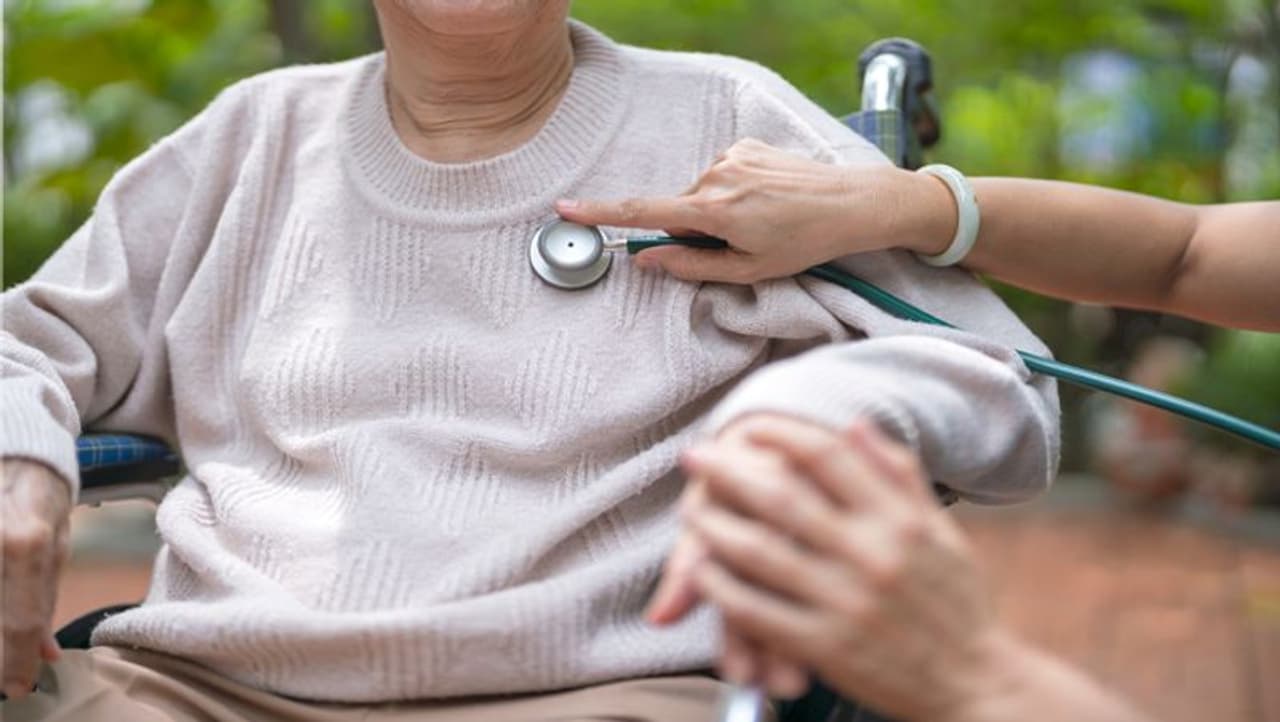The huge gender discrepancies in diagnosing, treating, and overall knowledge of heart disease are particularly concerning. This article highlights these inequities, exposing the realities women face when dealing with heart disease.

Heart disease is a significant public health concern affecting both men and women. However, there exists a prevalent misconception that heart disease predominantly affects men. It is the leading cause of death for both genders. What is particularly alarming is the significant gender disparities in diagnosing, treating, and overall awareness of heart disease. This article aims to shed light on these disparities, unmasking the reality that women face when dealing with heart disease.

- Prevalence and Understanding: Heart disease encompasses various conditions that affect the heart and blood vessels. These conditions include coronary artery disease, heart failure, arrhythmias, and heart valve problems. According to the American Heart Association (AHA), heart disease causes 1 in 3 female deaths each year, which amounts to approximately one death every 80 seconds. The misconception that heart disease is primarily a male issue is deeply entrenched in societal norms and healthcare practices. Studies show that both women and their healthcare providers tend to underestimate the risk of heart disease in women, often attributing symptoms to stress, anxiety, or other non-cardiac issues.
- Symptoms and Recognition: Heart disease symptoms can manifest differently in women compared to men. While chest pain is a common symptom for both genders, women are more likely to experience other symptoms like shortness of breath, fatigue, nausea, vomiting, back or jaw pain, and pain in the neck or throat. This difference in symptom presentation often leads to misdiagnosis or delayed diagnosis in women. Consequently, women may not receive appropriate and timely care, increasing their risk of heart attack and other cardiac events.

- Diagnosis Challenges: Another significant issue lies in the diagnostic testing and evaluation. Traditional diagnostic tests like the exercise stress test were developed and validated primarily in men. These tests may not be as accurate for diagnosing heart disease in women. Women tend to have different types of plaque buildup in their arteries, making it harder to detect blockages using standard tests. Additionally, there is a lack of representation of women in clinical trials, further affecting the accuracy and applicability of diagnostic and treatment guidelines for female patients.
- Treatment Disparities: Regarding treatment, women are often less likely to receive guideline-recommended therapies. This can be attributed to several factors, including the misperception that women are at lower risk for heart disease, underestimation of symptoms, and a historical bias towards male-centric research and treatment approaches. Women are less likely to be referred for cardiac rehabilitation, which plays a vital role in the recovery and management of heart disease. Furthermore, the societal role and responsibilities often placed on women may also influence their ability to prioritize self-care and adhere to treatment plans.
- Closing the Gender Gap: A multifaceted approach is necessary to address these disparities. Firstly, there needs to be a greater focus on educating both the general public and healthcare providers about the prevalence and manifestations of heart disease in women. Secondly, research and clinical trials must include adequate representation of women to ensure that diagnostic and treatment guidelines are relevant and effective for both genders. Lastly, healthcare systems need to implement policies that promote equitable care for women with heart disease. This includes increasing awareness, improving diagnostic accuracy, advocating for gender-specific research, and ensuring guideline-based treatments for women.
Also Read: World Heart Day 2023: 7 secrets to a stronger, healthier heart
Heart disease is a formidable adversary that does not discriminate based on gender, yet pervasive disparities in diagnosis, treatment, and understanding persist, especially impacting women. Unmasking these disparities is crucial for improving outcomes, reducing mortality rates, and ensuring a healthier future for all. The first step towards rectifying this issue involves debunking the entrenched myths surrounding heart disease.
Public education campaigns must dismantle the long-standing misconception that heart disease predominantly affects men. By increasing awareness of the prevalence and severity of heart disease in women, we can encourage timely medical attention and mitigate the dangerous effects of underestimating its risk in the female population.

Furthermore, healthcare systems need to address the disparities in symptom presentation and diagnostic accuracy. Tailoring diagnostic tests and evaluation protocols to women's unique manifestations of heart disease is essential. Research and clinical trials should prioritize gender balance to develop accurate diagnostic tools and treatment strategies that are equally effective for both men and women.
Treatment disparities must be rectified by implementing guidelines ensuring equitable care. Healthcare providers need to be educated and sensitized to recognize the specific symptoms of heart disease in women and provide appropriate treatment promptly. It is equally vital to encourage women to prioritize self-care and provide them with the necessary resources and support to adhere to treatment plans.
Also Read: World Heart Day 2023: How stress affects heart health and 7 ways to reduce stress
Overcoming the gender disparities in heart disease diagnosis and treatment demands a concerted effort from healthcare professionals, researchers, policymakers, and the broader community. By unmasking these disparities and striving for gender equity in heart disease awareness, diagnosis, and treatment, we can pave the way for a healthier and more informed society where individuals of all genders have equal access to life-saving care and interventions.
- Dr. P L N Kapardhi, Sr. Interventional Cardiologist, CARE Hospitals, Banjara Hills, Hyderabad
